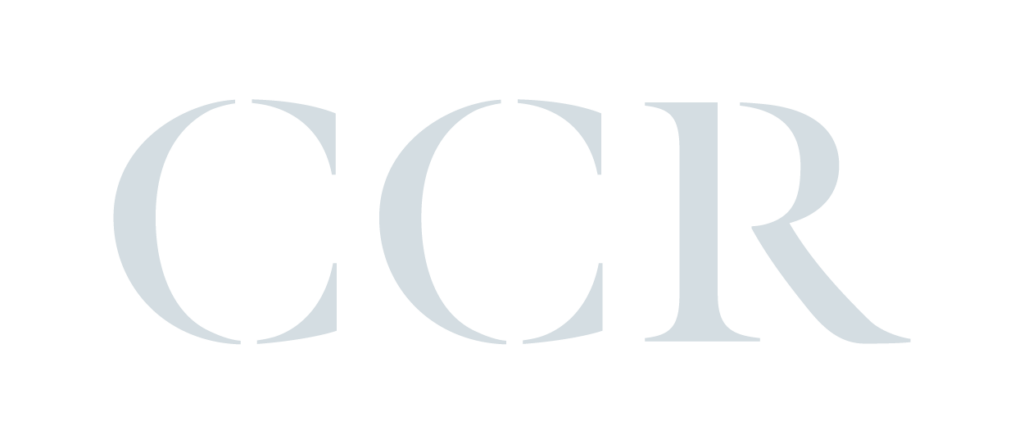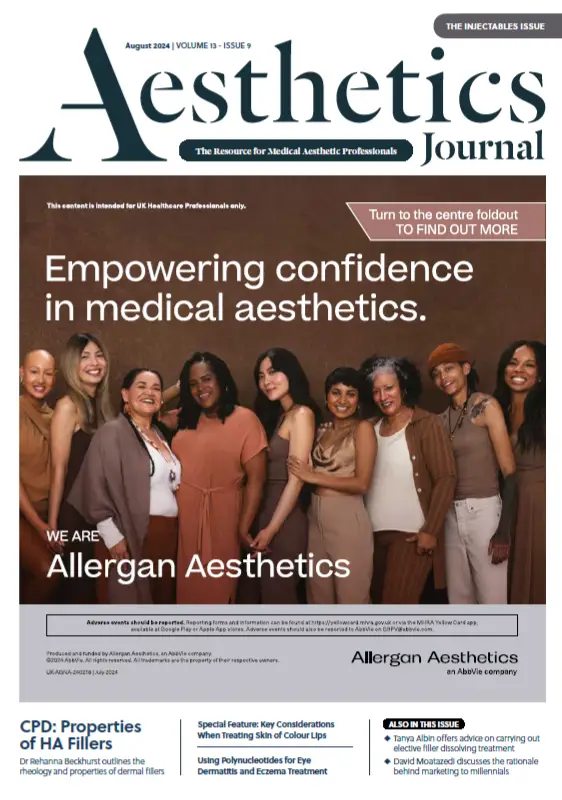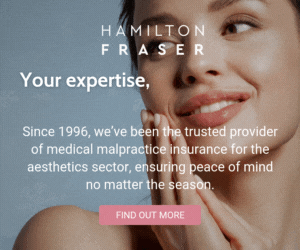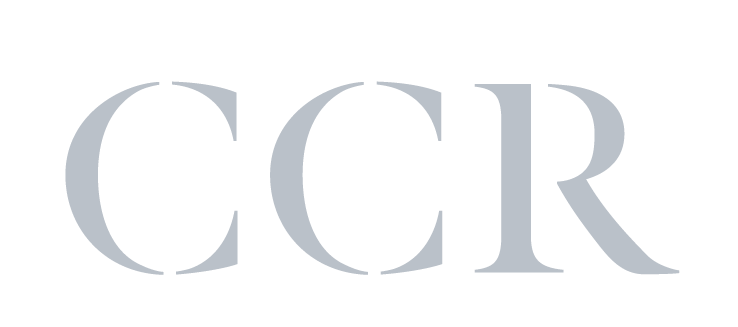The latest research highlight from Professor Sebastian Cotofana and The Harley Academy Research Group
World-renowned anatomist Professor Sebastian Cotofana shares a key study influencing the world of medical aesthetics.
Title: When to Change Needles During Neuromodulator Injections — An Electron-Microscopy Investigation into Needle Tip Deformation
Authors: Akintilo E, et al.
Published: Journal of Cosmetic Dermatology, November 2024
Keywords: Adverse Events, Botulinum Toxin, Needle Size
Neuromodulator injections are the most commonly requested and the most frequently performed aesthetic procedure in the minimally invasive field, according to current global statistical data. One reason for their popularity is the ease of performing the procedure, and the limited profile of adverse events.
Such events are typically minor, with eyelid ptosis, dysphagia and asymmetric smile being among the most severe. A recent study conducted by a research group from Miami, USA, investigated the degree of deformation of needle tips following various facial neuromodulator treatments.
The authors performed three, five or 10 injection passes with the same needle and inspected the needle tip under an electron microscope. The authors found that the degree of deformation was 14.8% for three injection passes, 19.6% for five injection passes and 29.3% for 10 injection passes.
The degree of deformation increased from 4.2 deformed regions at three injection passes, to 4.8 deformed regions at five injection passes and 5.6 deformed regions at 10 injection passes. These results indicate that a maximum amount of five injection passes per needle should be performed with the same needle.
If more than five penetration cycles are performed with the same needle, the degree of needle tip deformation can result in increased dermal damage at the needle entry site, limiting the needle’s ability to reach the targeted structure and ultimately reducing precision in the administration of the neurotoxin product.
A remarkably interesting finding of this experimental study was the revelation that larger needle sizes sustained greater damage than smaller needle sizes: 30G with 20.3% deformation, 31G with 18.8% deformation and 32G with 16.9% deformation. This finding was surprising for the authors, as one would have expected the opposite result.
However, smaller needle sizes appear to generate less penetration force during dermal puncture compared to larger needle sizes, resulting in reduced damage to the needle tip. This finding, though surprising, aligns with a 2019 publication by Pavicic et al. which investigated arterial penetration forces using various needle and cannula sizes.
The study found that smaller needles and cannulas required less force to penetrate an artery, leading to the recommendation to avoid using 27G cannulas for filler injections. Clinically, the results of this interesting electron microscope study provide valuable insights into the procedural treatment with neuromodulators.
Future clinical implementations will need to show how feasible the change of the needle tip or the syringe is after only five injection passes
Title: Photobiostimulation Therapy (PBST) and Pulsed Electromagnetic Field Therapy (PEMF) in Hair Loss Treatment: Multicentric, Retrospective, Case-Control Study
Authors: Gentile P, Lee S.
Published: Aesthetic Plastic Surgery, December 2024
Keywords: Energy Devices, Hair Loss, Photobiostimulation
Abstract: The combined use of microneedling, growth factors and low-level light/laser therapy, here identified as photobiostimulation therapy (PBST) and pulsed electromagnetic field therapy (PEMF), is a hair loss treatment that needs to be standardised as it seems to have promising effects on hair regrowth.
The study compared the clinical and instrumental results obtained in patients affected by androgenic alopecia and hair loss related to COVID-19 treated using PEMF combined with PBST, versus those obtained by only PBST. Forty patients (20 females and 20 males) were analysed after exclusion and inclusion criteria assessment.
Twenty patients were treated with the combined use of PEMF and PBST, while 20 patients were treated with PBST. Hair regrowth was evaluated through photography, physicians’ and patients’ global assessment scales, in addition to standardised phototrichograms.
The promising results in study group patients, represented by a hair count increase of 14 hairs/0.65 cm2 at T1 after 16 weeks in the targeted area, compared with the baseline results (41 ± 2 hairs/0.65 cm2 at T1 versus 27 ± 2 hairs/0.65 cm2 at baseline), were observed using computerised trichograms.
The comparison between groups indicated that PEMF combined with PBST was a more efficient strategy in hair regrowth in terms of hair count improvement than PBST alone.
Title: Modified Orbicularis-tarsus Fixation in Double Eyelid Blepharoplasty: A New Approach Using Conjoined Fascia Readhesion
Authors: Zhang Z, et al.
Published: Journal of Craniofacial Surgery, December 2024
Keywords: Blepharoplasty, Double Eyelid, Supratarsal Folds
Abstract: Traditional fixation methods for double eyelid blepharoplasty, such as orbicularis-levator and orbicularis-tarsus techniques, have achieved satisfactory results but face challenges like shallow or disappearance of supratarsal folds. To address these limitations, the authors introduced a modified orbicularis-tarsus fixation approach incorporating conjoined fascia readhesion.
This technique involves dissecting the orbicularis oculi muscle from the conjoined fascia, allowing for scar-based readhesion between these structures, resulting in enhanced stability of the supratarsal fold. A total of 67 patients underwent double eyelid blepharoplasty by the same surgeon using this modified technique. Patients were followed up from three to 24 months, with a mean period of 10.3 months.
Of the 67 patients, 62 (92.54%) were very satisfied, and five (7.46%) were satisfied with the surgical results. Four patients experienced relatively pronounced early swelling, all resolved without particular treatment within eight weeks.
This novel approach by using conjoined fascia readhesion ensures a firmer fixation and improves the aesthetic outcomes. It is a highly applicable and reliable approach for upper-eyelid blepharoplasty. More research is needed into this technique to confirm the universality of the treatment modality.









